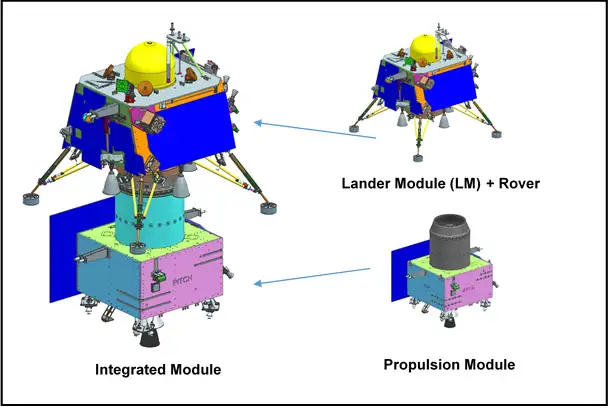India’s ISRO (Indian Space Research Organisation) has made a groundbreaking achievement with the successful landing of the Chandrayaan-3 mission on the lunar south pole. With this monumental accomplishment, India cements its position amongst the elite group of nations - including the United States, the Soviet Union, and China - that have executed a soft landing on the Moon.
Chandrayaan-3: A Triumph in Lunar Exploration
Science • 23 Aug, 2023 • 1,47,614 Views • ⭐ 4.2
Written by Shivani Chourasia

Launch in Sriharikota

Launched from the Satish Dhawan Space Center in Sriharikota, the Chandrayaan-3 mission took 40 days to reach its destination. On August 23 at 6.04 PM IST, the Vikram lander deftly touched down on the lunar surface, ensuring India's space capabilities were showcased in the best possible light. It's worth noting that while the lander’s systems autonomously executed the landing, the vigilant mission controllers at ISTRAC were overseeing the entire process.
A Sequel

The journey to this success wasn't without its bumps. Chandrayaan-3 was developed as a sequel to the Chandrayaan-2 mission of 2019. The earlier mission faced challenges, with the Vikram lander crashing onto the Moon. However, the resolve to demonstrate a successful soft landing led to the conception and execution of Chandrayaan-3. In his address from South Africa, India’s Prime Minister Modi lauded the ISRO scientists and conveyed the nation's pride. He underscored that this triumph wasn't just India's but belonged to humanity as a whole. Such endeavours, according to him, pave the way for collaborative space explorations in the future.
A closer look at the mission configuration reveals its ambitious goals and advanced technological prowess:
Chandrayaan-3 Components

The mission had a tri-fold configuration – a Lander module, a Propulsion module, and a Rover. Its primary objectives were multifaceted, from developing and showcasing new interplanetary mission technologies to executing in-depth chemical analyses of the lunar surface. The Propulsion Module's role was critical, ensuring the Lander reached the final lunar orbit and facilitating its separation. After the Lander Module's release, the Propulsion Module's scientific payload, designed to study the Earth from the lunar orbit, becomes operative.